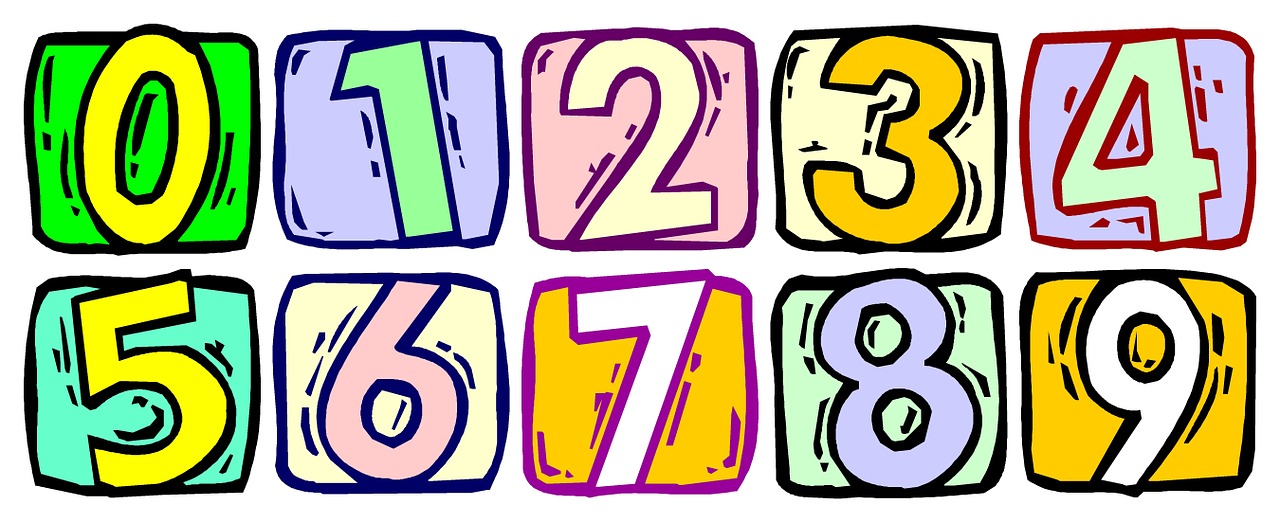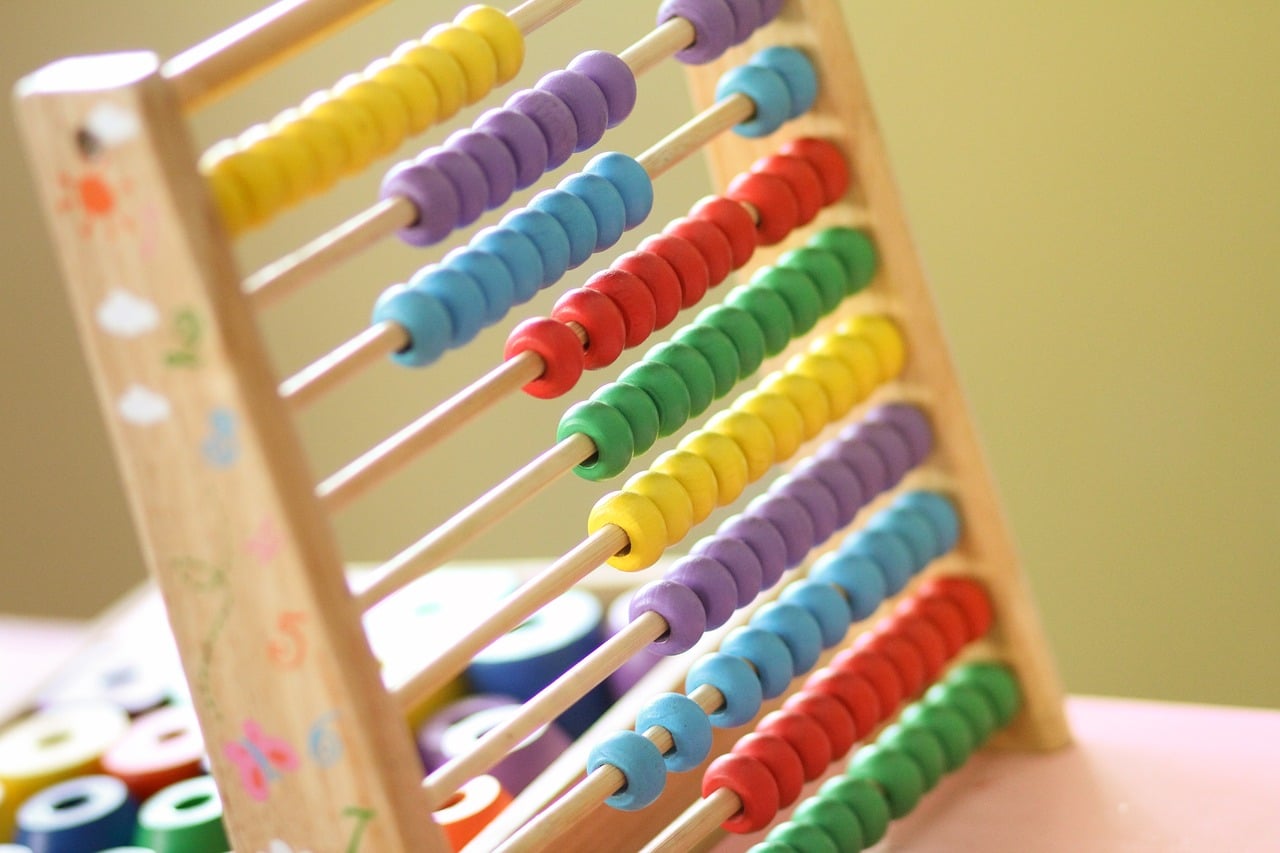Kids can learn to count at any time in their lives, but typically they first learn to verbally count when they are toddlers. Most children start to understand basic concept of counting by the age of 28 months or 36 months old. Around this age, they even learn to count beyond 10.
However, some children may need a little more time and practice. If you’re worried that your child has not yet learned how to count, there’s no need for panic. There are many ways parents can teach their children to begin counting without even realizing it!
However, many factors go into how quickly children develop counting skills. It includes their natural ability, the environment they’re in, and parents’ expectations. Some will naturally pick up counting at an early age without any instruction from adults while others may need help along the way. One thing’s for sure though – no matter what approach your child takes or how far behind he or she starts, with enough time and patience it’s easy to learn counting.

What is the perfect time for kids to learn counting?
The perfect time for kids to learn counting is before they enter kindergarten, but can also be done during fourth or fifth grade.
Since cognitive math skills are so important for success. It would be wise to start earlier rather than later to give kids the best possible chance at succeeding with these skills.
Though these tasks may seem easy enough, it helps provide a foundation for understanding more complex concepts later on. This includes addition and subtraction problems which require reading an equation from right-to-left where there are no parentheses.
Research shows that children have their innate sense. With its use, they can count up to 3 things put in a box. Their innate sense helps them in developing the counting skills faster. Most children, when learn counting, they just jump on numbers. Like you would have seen them jumping from 4 to 6. This is called the pre-counters level. Children who are in the age of 2 or 3 come to this level.
After the pre counters level, there is chanter and reciter level. At the chanter level, children start to count and say number words in a sequencing way. The reciter level children can easily count up to 5 or beyond. It is an advanced level of counting where children may seem counting objects, identifying shapes, and even develop certain math milestones.
Rote counting – A aspect of learning counting
Rote counting is a crucial part of learning how to count. At this level, children develop the concept of numbers. It is the ability to determine how many items are being counted, but not understanding what that number represents. The child can tell you there are seven marbles on the table but does not know that all he has to do is count each marble one by one and then make a mental tally.
Rote counting is sometimes called “counting exercises” or “things learned by heart”. It is used to help developing math skills in children who have trouble with numbers, either because they can’t see well at a distance or because they’re simply starting school early. When teaching counting techniques, it’s often helpful, to begin with, things that are easy to count. For example, marking off mouthfuls of cereal as they’re eaten.
This counting is the most basic of mathematical concepts. It is usually among the first things taught to children entering primary school or any child struggling with math.
It is the most basic way for kids to learn counting. Rote counting is also known as “counting on our fingers”. It is what many of us use with small children when we show them how to count. Counting by rote is important because:
- it teaches children how to count;
- it teaches them number order; and
- it helps kids learn counting with their hands which can transfer down to counting with toy blocks and even later in life when they start cooking or doing math in their head.
When should your children start to know basic Maths concepts?

The time is different for every child to know the basic maths concepts. However, they get an understanding of things and basic shapes. Maths concepts start with pre-counting – the ability to recognize different quantities and show quantity. This covers counting from one to ten, naming these numbers, and recognizing that one amount of “something” is less than another amount.
You can look below for knowing the sequence of age and maths skills-
-At starting age, babies firstly develop the sense of knowing the cause and effect. They cry when need milk.
-Around the age of toddlers, they start to recognize shapes. Toddlers also start to recite the numbers. They understand the quantity of things.
-Around the age of 4 or say in preschoolers, young children understand how to count till 10 or beyond. They know the basic difference between a straight line and a circle. They learn to count with the help of colors association. The first sign when your child knows the concept of numbers with skills is called one-to-one correspondence.
-Around the age group 5, children learn to contrast height and length. They generate spatial awareness and math skills. Their counting skills even increase. They even know the symmetrical shapes.
-Being first and second graders, children learn subtraction and addition. They learn numerals from 1-100. They understand the difference between 2D and 3D.
-Around the age group 9, the third graders know the number system and the numerals very well. They now multiplication and division. They can handle money and can do easy transactions at the same time. They even understand the very basic maps. Children at this grade even develop an understanding of everyday objects.
Above are the age groups and related maths concepts regarding children. However, one should start teaching children multiple things as per time and their developmental skills.
10 Math Games to teach counting and math skills to children
Toddlers start counting everyday objects with growing time. However, one can faster the speed. Below are the 10 math games one can use to teach counting and math skills to children-
1 Have them count objects in the house.
One of the most common ways to teach children to count is with objects around the house. You can tell the children to count the objects that are in the house. They will start counting tables, chairs, and other objects. However, if you disturb them in between, they may forget the counting sequencing. In that situation, you can help them by knowing where they were at counting.
2 Make them use their fingers.
You can give your children things of different colors. Then tell them to count all the objects according to the colors. Like they can count 5 red apples and 2 yellow toys. After that, you can tell them to add them by counting on their fingers.
This game will help them in learning counting fast and in fun ways. Thye will also learn the colors and different objects’ names.
3 Ask your child to draw ten items
One can even tell his/her child to draw ten different items. When they draw the items, they will count to know that the item has reached the number required or not.
You can tell them to draw the ten items of different shapes. This will help them to know about shapes as well. Further drawing the items will add fun to the game.
4 Count out 10 jelly beans together during snack time
You can give your child 10 jelly beans at snack time. Then tell them that they can eat them only when they will count how much they are.
The interest in eating the jelly beans will make the kids count them very fast. Even if they will do mistake, they will ask you and will rectify that.
5 Practice skip counting.
You can make your child practice skip counting as well. Like, tell them to count numbers as 2,4,6… This way they will know the number words better. You can also tell them to count with multiples of 2s, 3s,4s… This will help them learn multiplication. You can make skip counting more interesting by introducing skipping of different numbers.
6 Practice grocery things counting
You can even tell your child to go to the grocery with you. When you buy something like fruits, tell them to count that. This is also a great opportunity to teach arithmetic. You can ask them “if you eat six apples, how many apples will be left?” This will they will easily learn addition and subtraction.
7 count backwards
You can tell your children to count backwards. Like 10, 9,8,7… This will help them in making their memory power strong. They will also make children understand backwards counting. Your child will develop strong memorizing skills as well.
It will help them in knowing things better. They will be faster in doing calculations also.
8 coin-counting
Show your child ten coins. Ask him to count them. When he will count the coins correctly. Ask him if he wants to buy something, then how many coins will he give to the shopkeeper.
Give them a practical example. Tell them that they have to buy a biscuit and give them the rate. Then ask the child to count the required coins and put them on the table. This will help them in developing transaction skills.
9 Songs about numbers
Several songs and number rhymes are made for children to learn number counting. You can make the children learn those songs and then can tell them to recite the numbers they recognized from that song.
This activity will help them to develop singing skills and recognizing patterns in the song. It will also help the children in language development.
10 Use speech bulbs
The speech bulbs app is a great way to get kids to learn math skills. They can be used anywhere, anytime. The reason kids love them is they have an immediate effect on the other person.
In the “numbers and me” section, there are elementary numerical concepts that parents can use to teach children maths. It helps children with autism to speak as well. In this section, children participate in different fun games and pay them. If they win, they get rewards and points. It will make the children easily learn numbering and maths skills.
Conclusion
To conclude, many factors can affect how quickly a child develops their sense of numbers. However, parents and teachers can provide an environment where children feel safe enough to explore the world around them to learn new skills at their own pace, including counting. Children who have been exposed early on to various mathematical concepts will be better prepared when they enter school.











